External intercostal muscles
External intercostal muscles are eleven in number on both sides.
origin:
Lower border of ribs.
Insertion :
Upper border of rib below.
Nerve:
intercostal nerves.
Actions:
Inhalation.

External intercostal muscles are eleven in number on both sides.
origin:
Lower border of ribs.
Insertion :
Upper border of rib below.
Nerve:
intercostal nerves.
Actions:
Inhalation.
Physiotherapist , Samarpan Physiotherapy Clinic, Vastral, Nirant Cross Road, Ahmedabad
Home Visit Treatment Also Available in Bapunagar Vastral Rabari Colony Char Rasta, CTM, Maninagar , Viratnagar , Nikol Nava Naroda And NearBy Area Of Ahmedabad.
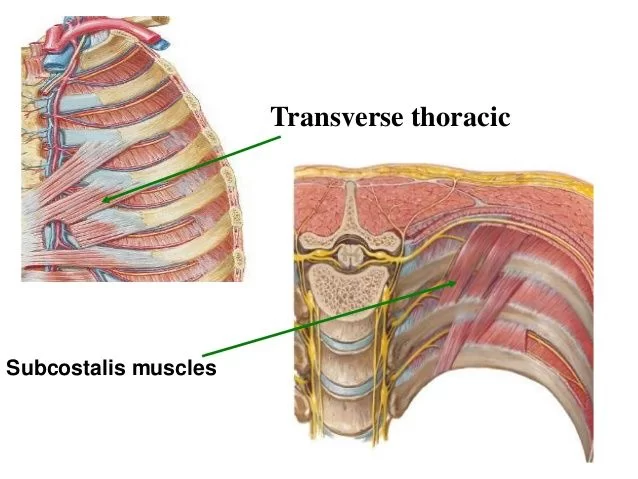
Subcostalis Muscle Anatomy Subcostalis muscle are the narrow muscles that span two or three intercostal gaps and are located on the inner surface of the posterior thoracic wall. They make up the intrinsic musculature of the chest wall along with the intercostal, serratus posterior, levatores costarum, and transversus thoracis muscles. The subcostal muscles maintain the…
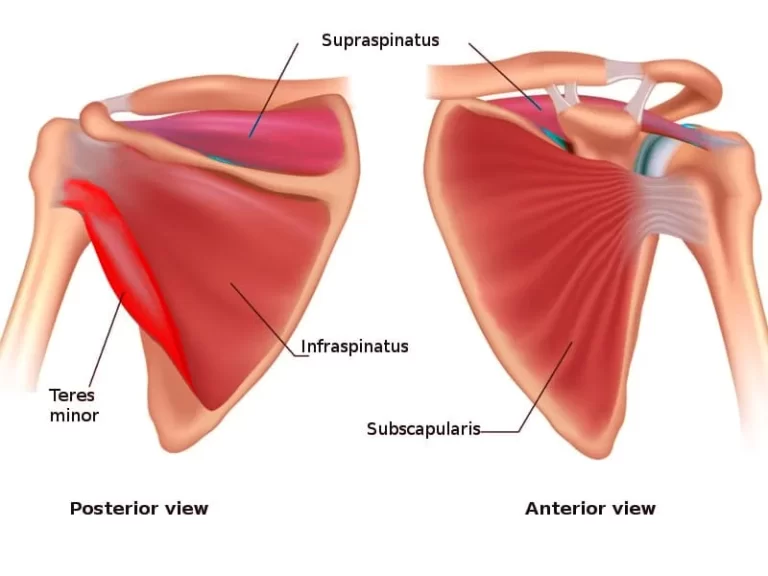
Teres Minor Muscle Anatomy The teres minor is a slim, narrow muscle within the rotator cuff, located in the shoulder. It also contributes to the rotator cuff, a capsule of muscles and tendons that collectively stabilize the glenohumeral joint. Origin It originates from the lateral border and adjacent posterior surface of the scapula. Insertion It…
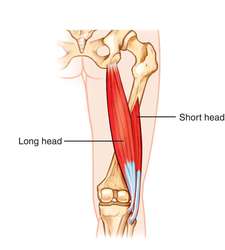
Biceps Femoris Muscle Anatomy The Biceps Femoris is one of the three muscles that make up the Hamstring group and is used when standing or sitting. The Biceps Femoris is the largest of the three muscles and is responsible for the most movement at the knee. The Biceps Femoris attaches to the ischial tuberosity, lateral…
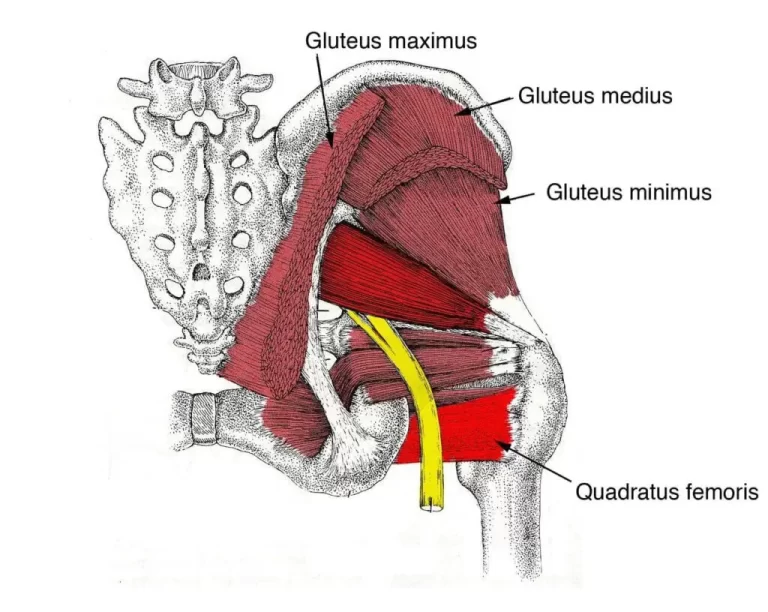
Quadratus femoris Muscle Anatomy The quadratus femoris is a flat, rectangular-shaped skeletal muscle of the gluteal region. This is a small muscle located on the posterior side of the hip joint, it is a group of muscles of external rotators, strong external rotator, and adductor of the thigh, but also helps to stabilize the femoral…
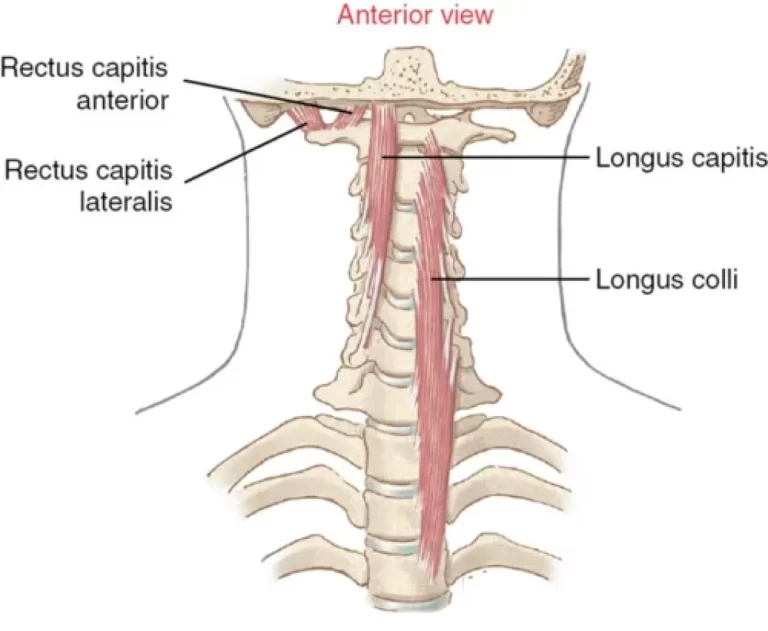
Longus Capitis Muscle Anatomy The longus capitis is a prevertebral muscle of the neck. Situated anterior to the vertebral column it is involved in flexion and rotation of the head and cervical vertebrae. is broad and thick above, narrow below, and arises by four tendinous slips. origin anterior tubercles of the transverse processes of the…
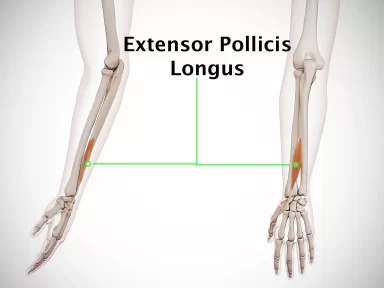
Extensor Pollicis Longus Muscle Anatomy The extensor pollicis longus (EPL) is a thin muscle of the forearm that belongs to the posterior muscle group, lying in the second or deep layer. The extensor pollicis longus (EPL) muscle is an extrinsic thumb muscle that adducts and extends the thumb’s metacarpophalangeal (MCP) and interphalangeal (IP) joints. It…